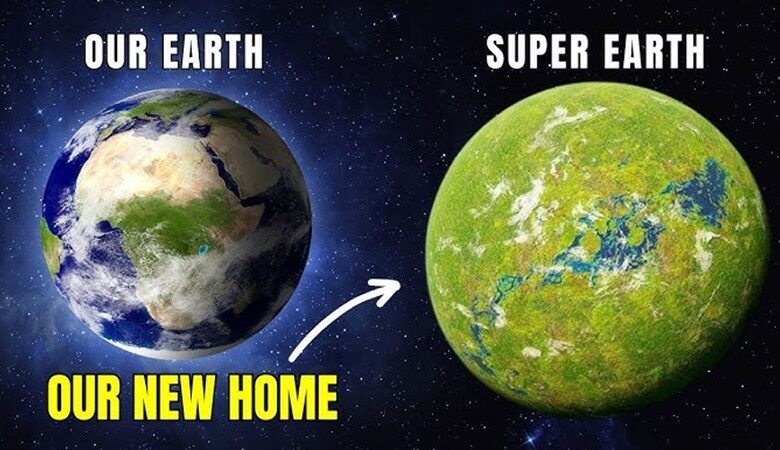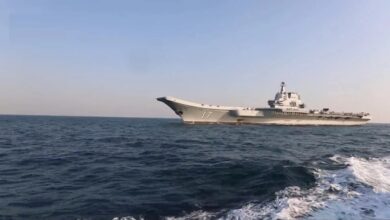Groundbreaking Discovery: LHS 1140 b as a Potentially Habitable Super-Earth

News Mania Desk/Agnibeena Ghosh/10th July 2024
A team of international researchers has made a significant discovery in the quest for potentially habitable exoplanets. Their study, soon to be published in The Astrophysical Journal Letters, unveils that LHS 1140 b, an exoplanet located about 48 light-years away in the constellation Cetus, may be a super-Earth ice or water world.
Led by Université de Montréal, this research challenges previous assumptions about LHS 1140 b. Initially thought to be a mini-Neptune with a thick hydrogen-rich atmosphere, new data from the James Webb Space Telescope (JWST) suggests it is more likely a rocky or water-rich planet larger than Earth.
Charles Cadieux, the lead author and doctoral student at Université de Montréal, highlighted the significance of this finding, stating that LHS 1140 b could be our best chance to one day indirectly confirm liquid water on the surface of an alien world beyond our solar system.
The data collected by the JWST in December 2023, along with previous observations from the Spitzer, Hubble, and TESS space telescopes, support this conclusion. The planet orbits a red dwarf star within its habitable zone, where temperatures could potentially allow for liquid water on the surface. The analysis of JWST data, combined with earlier observations, indicates that LHS 1140 b might have a nitrogen-rich atmosphere similar to Earth’s.
Ryan MacDonald, a NASA Sagan Fellow at the University of Michigan who played a key role in analyzing the planet’s atmosphere, noted that this is the first time a hint of an atmosphere has been observed on a habitable zone rocky or ice-rich exoplanet.
The research suggests that 10 to 20% of LHS 1140 b’s mass could be composed of water. Current models indicate it might be a snowball planet with a central ocean about 4,000 kilometers in diameter, potentially having a comfortable surface temperature of 20 degrees Celsius at its center.
While these findings are promising, the researchers caution that further JWST observations are necessary to confirm the presence of a nitrogen-rich atmosphere and to search for other gases. Nevertheless, LHS 1140 b stands out as an exceptional candidate for future habitability studies, offering a unique opportunity to explore a world that could potentially support life.
The implications of this discovery are profound. If confirmed, LHS 1140 b would represent one of the most promising targets for future studies aimed at finding extraterrestrial life. The possibility of a planet with conditions similar to Earth, potentially harboring liquid water, is a tantalizing prospect for astronomers and astrobiologists.
The search for habitable exoplanets continues to be one of the most exciting and rapidly evolving fields in astronomy. With the advanced capabilities of the JWST and other space telescopes, scientists are now better equipped than ever to identify and study distant worlds that could potentially support life. LHS 1140 b exemplifies the incredible progress being made in this field, offering a glimpse into the potential for discovering a habitable world beyond our solar system.
As more data is collected and analyzed, the scientific community eagerly awaits further confirmation of these findings. The discovery of LHS 1140 b marks a significant step forward in our understanding of the universe and the possibilities of life beyond Earth.






